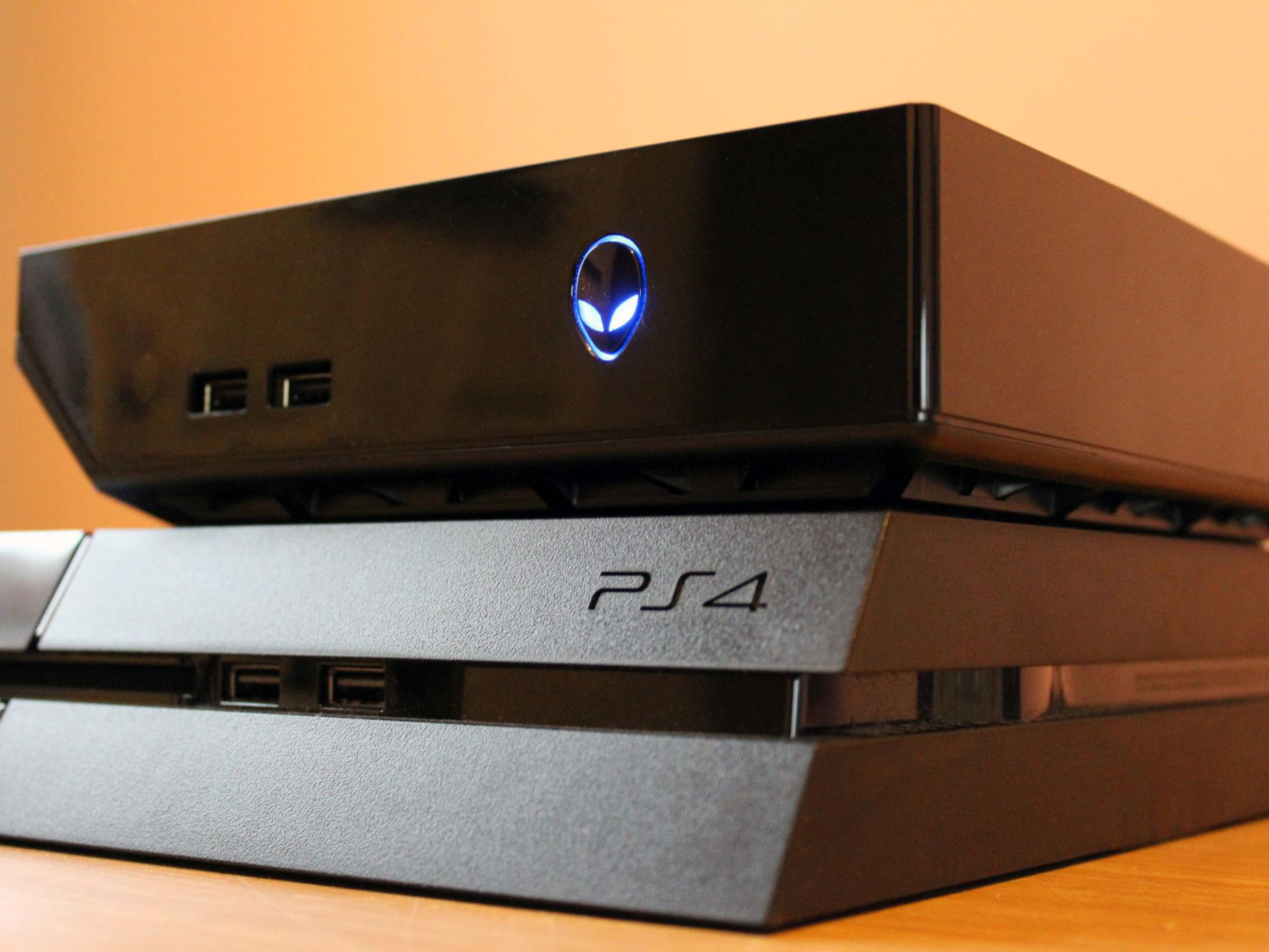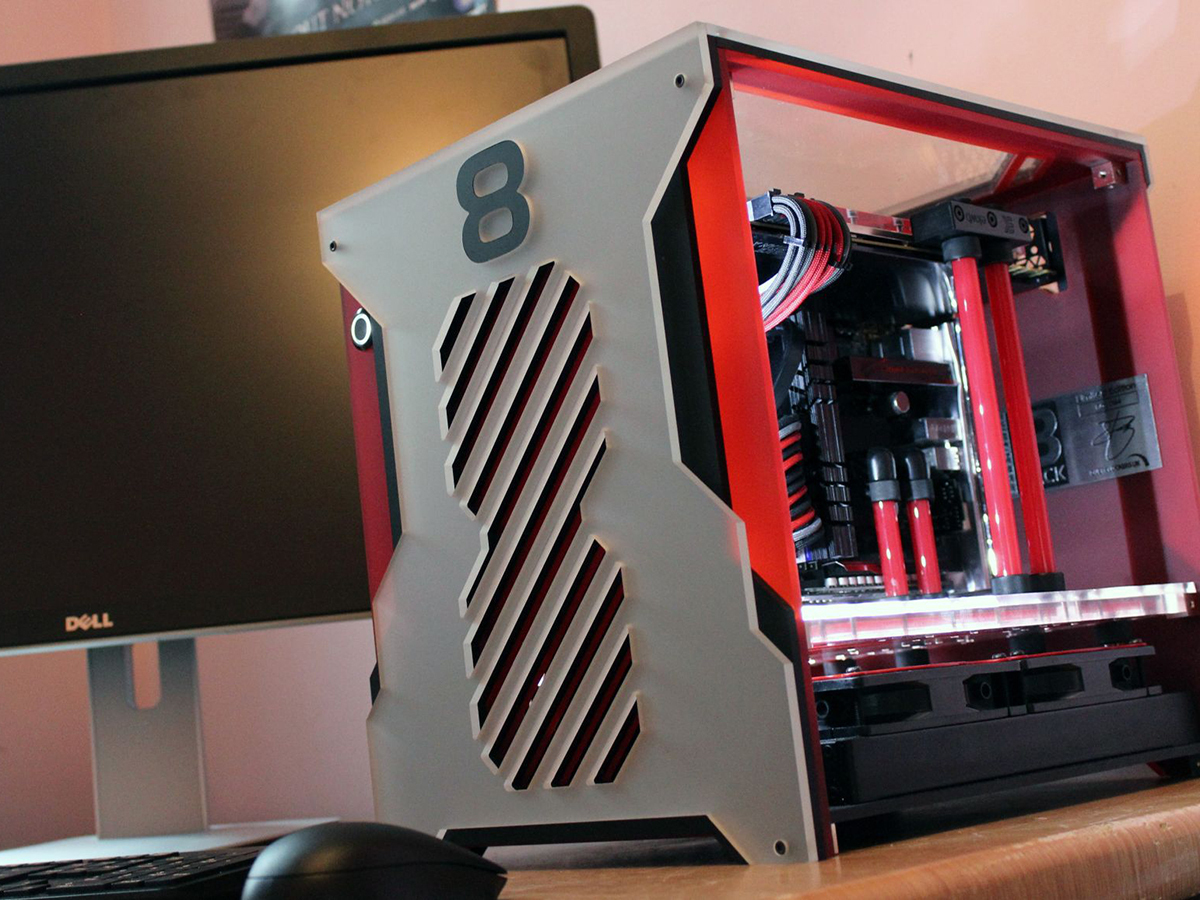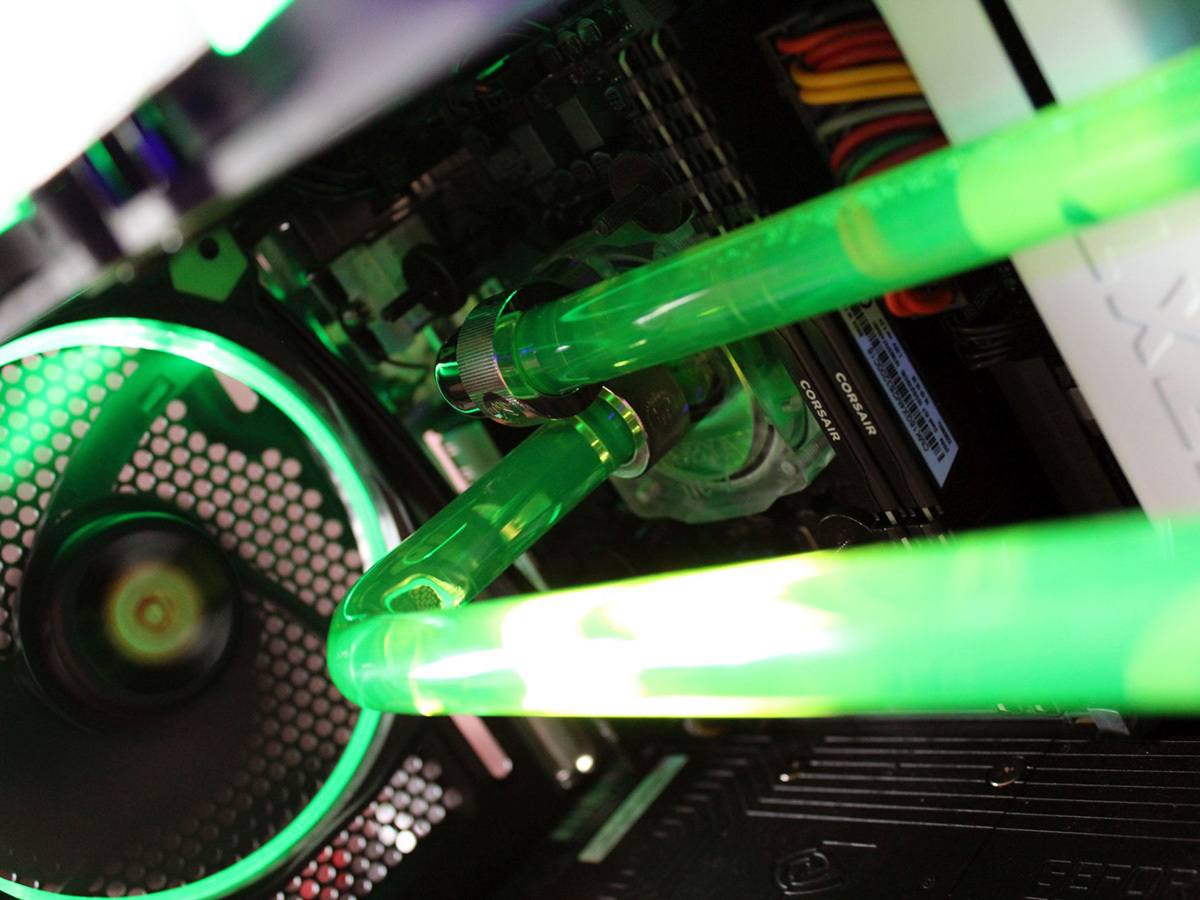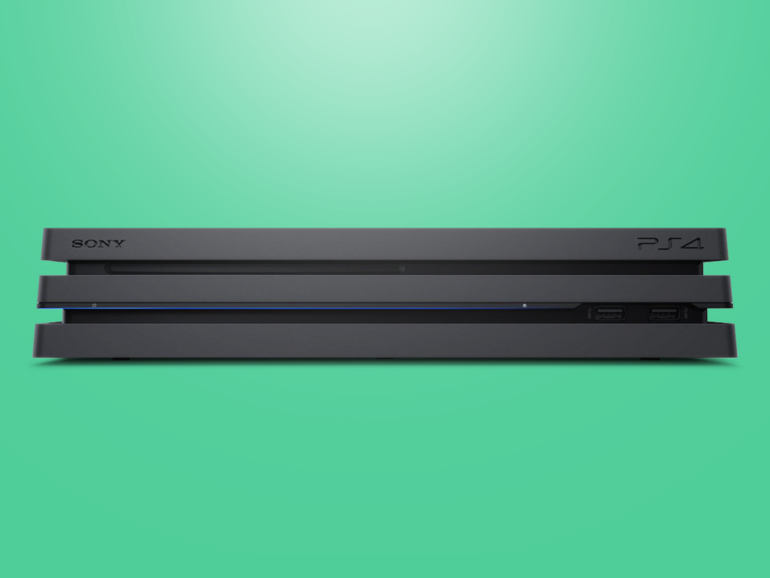Tech Resolutions #4: why I’m ditching my PS4 and building a gaming PC
Mike Jennings explains why 2017 is the year he'll be building rather than buying his main gaming box...

I already have PlayStations and an Xbox under my TV, but my new year’s resolution involves trading them for another box – and this one will run Windows.
I’ve wanted to build a small living room gaming PC for ages, and I’m finally taking the plunge. Why now? It’s simple: the components are fantastic, the graphics are better, there’s a broader selection of cheaper games, and my future upgrade paths are clearer and more effective.
A living-room PC will look better than a console, has more versatility, and I can even choose which controller I use – the PS4, Xbox and Steam pads will all work. It’s a no-brainer.
It’s PC gone mad

Sure, the components on my shopping list (more on those later) will cost more than you’ll spend on the £230 PS4 or £280 Xbox One, or the £350 PS4 Pro – but there are financial benefits.
PC games are cheaper than their console cousins, you can sell components, and there’s no annual fees for PS Plus or Xbox Gold.
Crucially, the games themselves benefit too. Console titles look good, but PC versions offer graphical flourishes that console counterparts just can’t match. You can game at 1080p properly on PC, too – rather than the upscaled 900p used on many console games – and choose different resolutions.
Consoles are easier? Nope. They’re riddled with updates, hamstrung by software and buggered if a single component breaks. You get more games on PCs, too: entire genres, like strategy, basically ignore consoles, and using a PC unlocks the entire history of gaming as well as the best new releases. Backwards compatibility? Nothing beats a PC.
Forking out for proper 4K

What about 4K? Well, if you’ve got a powerful PC then you can play top titles at a whopping 3840×2160 resolution.
That’s not possible with many PS4 Pro games, despite what Sony and various publishers may say. Some games support 4K, while others still languish at 1080p. Some PS4 Pro titles render the game at a lower resolution and simply upscale to 4K – disingenuous at best.
Some titles only deliver graphical benefits at 1080p because the console can’t handle them at 4K, while others make frame-rate compromises to achieve 4K.
It’s confusing, but it’s not surprising: console components are simply not strong enough for proper 4K, despite their specialised designs.
Don’t believe me? Look at the numbers (or the Teraflops, to be precise). These are the best measure of a computer’s raw theoretical power and its ability to handle 4K. The PS4 and Xbox One deliver less than two TFLOPs, and even the PS4 Pro only manages 4.2 TFLOPs (not enough for all 4K games).
While pricey, at least PC cards like the RX 470 (4.9 TFLOPs) or Nvidia GeForce GTX 1080 (8.8 TFLOPs) give you the option of the extra grunt needed to handle higher framerates and proper 4K. And that’s the last time we’ll mention Teraflops, promise.
Getting your hands dirty

So why is 2017 a particularly good time to build a gaming PC? Without going into the reeds of mega-jargon, nVidia’s latest graphics card architecture, Pascal, is a game-changer.
It churns out huge graphics horsepower while using less power than ever, so new cards deliver more power while proving smaller and quieter. That’s perfect for the living room, and getting solid 1080p framerates won’t batter your wallet.
An Nvidia GeForce GTX 1050 Ti costs £162 and handles anything at 1080p, with many games at 60fps. It’s quiet, efficient, and comes in a variety of tiny designs – perfect for a small PC.
The rest doesn’t have to break the bank, either. An Intel Core i3 processor and mini-ITX motherboard will cost £171. A hard disk and memory? £93. A mini-ITX case and power supply? £83. Add a copy of Windows and you’ll have a fantastic living room rig for around £600. Don’t believe me? Here you go.
There’s near-infinite choice on cheaper or pricier parts, too. The incredible GTX 1070 costs £400 and handles higher resolutions, VR headsets and tomorrow’s most demanding games. The 1440p-capable AMD Radeon RX 470 is a tempting £180. A beefier Core i5 processor costs £183 and is perfect if you need a PC for work, not just play. A 256GB Crucial SSD is £85, but it speeds up boot times and makes games load like lightning.
Consolation prize

Of course, there’s always the chance my new living room PC will complement rather than replace my PS4. After all, I still need my regular fix of Nathan Drake, God of War and The Last of Us.
But, for the majority of my gaming, I’m making the switch. It’ll cost a bit more initially, sure, but the positives of a PC are overwhelming: better graphics, more versatility in every department and a broader choice of games make the choice simple.
Sony and Microsoft say they build the best gaming machines, but that’s just not true – you can build the ultimate gaming machine in the middle of your living room. PCs are perhaps the luxury choice, or the best option for tinkerers. But are they the best choice? Undoubtedly.
How to build a gaming PC
Shop Around
PC Components are available in hundreds of shops, so check that you’re getting the best deal before you buy. My favourite site for this is PC Part Picker, as it’ll hunt down the best prices as you plan your rig – and flag up any inconsistencies with the build.
Made to Measure
Get a tape measure out before you build. You’ll want to make sure that your graphics card and CPU cooler will fit in your new case, but also make sure there’s enough room for your PC to sit beneath the TV and have clear air on all sides so the system stays cool.
Stay cool
Don’t use the Intel or AMD stock coolers: they’re both too loud for the living room. And, when you’re building, route your cables carefully to keep them out of the way, as any disruption to airflow will make your PC hotter and louder.
Full Steam Ahead
Steam’s Big Picture mode is a controller-friendly option that mimics the easy UI of consoles. It’s perfect for living-room gaming, and your PC can boot straight into this option – so it’s just like turning on a console, rather than navigating Windows.
Hit the sales
It’s easy to save money on a PC. Steam has regular sales with jaw-dropping discounts, and companies like Humble Bundle and Good Old Games sell games with variable prices – sometimes for literal pennies. Check out Ninite too – it’s perfect for quickly installing a load of useful apps on your new rig.



